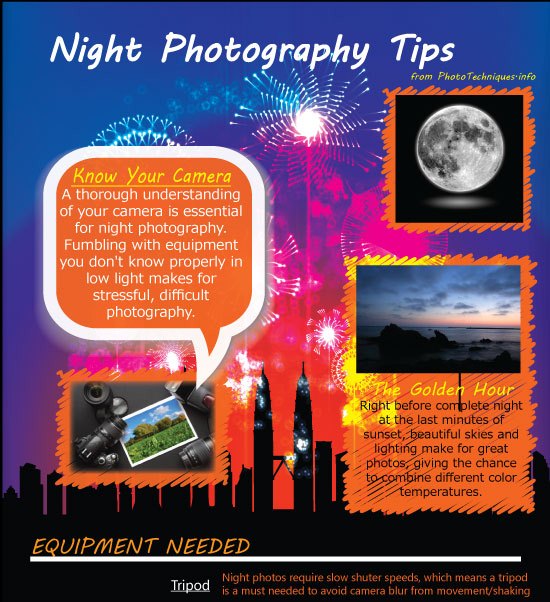Digital Photography Tips For Beginners: Grasping Your Cam In No Time At All
Digital Photography Tips For Beginners: Grasping Your Cam In No Time At All
Blog Article
Content Written By-Christian Turan
When you initially get your video camera, it can feel overwhelming with all the settings and choices available. You may find yourself questioning how to navigate aperture, shutter speed, and ISO successfully. Mastering you can try this out is important, but there's more to digital photography than just technical knowledge. Comprehending structure strategies and lights problems can elevate your pictures substantially. So, what if you could discover simple approaches to improve your skills and start catching outstanding pictures quicker than you think? Allow's check out just how to transform your photography journey.
Recognizing Video Camera Setups
Comprehending your electronic camera setups is important for capturing sensational images. When https://www.bizjournals.com/dayton/news/2020/05/27/four-acres-photography.html grab your video camera, acquaint yourself with the three main setups: aperture, shutter speed, and ISO. Each plays an essential role in exactly how your images end up.
Begin with aperture, which controls the amount of light going into the lens. A wider aperture (lower f-number) lets in extra light and develops a beautiful background blur, best for portraits. Alternatively, a narrower aperture (greater f-number) keeps even more of the scene in emphasis, suitable for landscapes.
Next off, concentrate on shutter rate. This setup establishes how long your cam's sensor is revealed to light. A fast shutter rate freezes activity, which is fantastic for action shots, while a sluggish shutter rate can develop stunning effects like smooth water in landscapes.
Lastly, adjust your ISO. This setup impacts your electronic camera's level of sensitivity to light. A greater ISO works in low-light circumstances however can introduce sound or grain. Go for the lowest ISO possible while still accomplishing correct direct exposure.
Structure Techniques
When you're out capturing, make-up can make all the difference in just how your images resonate with audiences. Begin by utilizing the regulation of thirds; picture your frame split into 9 equivalent sections with two horizontal and 2 upright lines. Position crucial elements along these lines or at their junctions to produce equilibrium and rate of interest.
Next off, think about leading lines. These natural lines in your scene, like roadways or rivers, attract the audience's eye right into the photograph, directing them via the tale you're telling.
Don't ignore mounting; usage aspects within your scene, like trees or windows, to produce a framework around your topic, including deepness and focus.
Also, keep an eye on your background. A chaotic background can distract from your major topic, while a basic one aids it stick out.
Lastly, explore balance and patterns; they can develop a striking image that captures focus.
Mastering Lighting Conditions
Mastering illumination problems is important for catching stunning photographs, as the best light can transform a regular scene into something amazing.
Beginning by observing natural light at various times of the day. Mornings and late afternoons supply the most effective light, known as the golden hour. The soft, cozy tones throughout these times can enhance your pictures magnificently.
Do not shy away from overcast days either; diffused light can decrease rough shadows and produce a pleasing result, particularly for pictures.
Try out backlighting by positioning your subject against the source of light. This strategy can create a wonderful halo effect and include depth to your photos.
Focus on your electronic camera settings also. Change the ISO, aperture, and shutter speed to suit the lights conditions. Portrait Studio can aid in reduced light, yet beware of grain.
Make use of a tripod in darker settings to stay clear of blur.
Last but not least, do not forget artificial lights. Flash and continual lights can be terrific devices for managing light in difficult conditions.
Conclusion
Finally, mastering your cam does not need to be overwhelming. By understanding your settings, applying composition techniques, and harnessing the power of natural light, you'll quickly boost your photography abilities. Bear in mind, practice makes perfect, so get out there and explore your newly found understanding. With time and devotion, you'll be catching sensational images that show your unique viewpoint. Delight in the journey, and don't neglect to have fun while you go to it!
